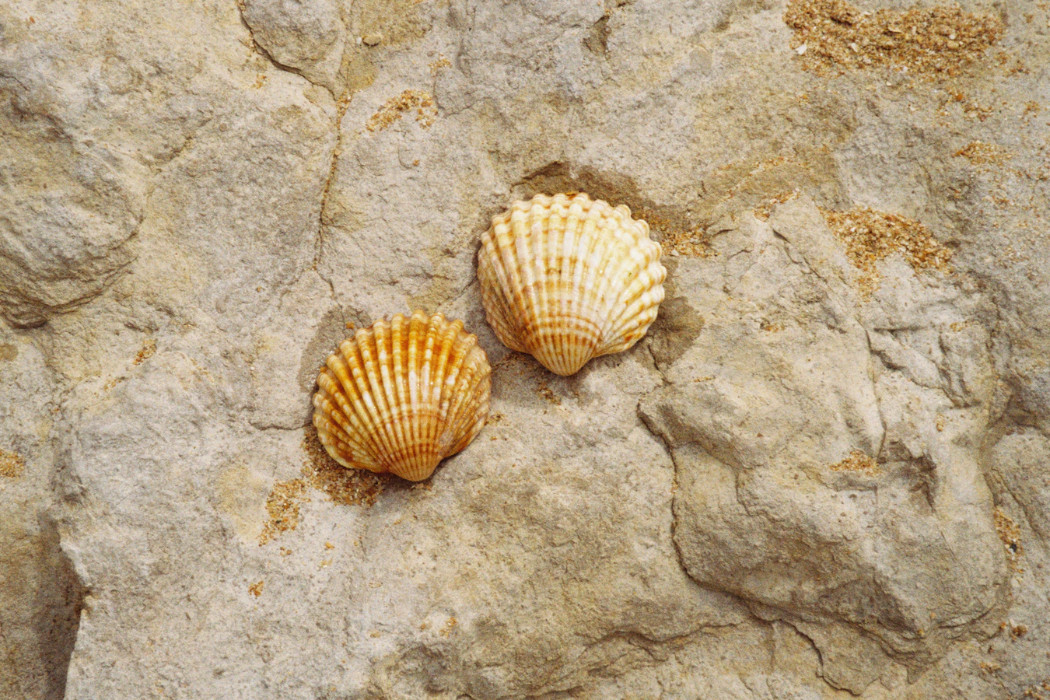Matthew Arnold succeeds in beautifying the language of the poem “Dover Beach” by incorporating several figures of speech, namely, metaphor, simile, alliteration, pathetic fallacy, allusion, and anaphora. Here, we have attempted to identify the different figures of speech in the poem Dover Beach. Now, let us take a look at some of these poetic devices in Dover Beach.
Dover Beach: Poetic Devices
Metaphor:
It is a figure of speech in which a comparison between two different things is implied but not clearly stated. In this poem, faith is compared to the sea. Here, high tide is compared to the unbreakable faith that people had in God and religion, and the ebbing of sea waves is compared to the collapsing spiritual and religious faith. The “sea of faith” that was once in its full tide is now withdrawing, leaving people alone in this dreary, cruel world.
Similes:
A figure of speech in which a similarity between two different things is clearly stated, using the words ‘as’ or ‘like,’ is called a simile. A beautiful representation of a simile is seen in the way religious and spiritual faith is compared to a girdle furled around the waist of a person- “ like the folds of a bright girdle furl’d”. Like the girdle, faith also embraced human civilization and protected it from evil aspects of the world.
Alliteration in Dover Beach:
The repetition of consonant sounds in a sentence is called alliteration. It is seen in the lines: “ Ah, love, let us be true,” “To lie before us like a land of dreams.”
Allusion in Dover Beach:
It is a reference to other cultures or works in either prose or poetry. Allusions to mythology, religious epics, sacred texts, and classical literature are the most common. The allusion to the ancient Greek tragedian, Sophocles, enhances the poem’s sense of melancholy and sorrow. Sophocles heard the sound on the Aegean Sea that reminded him of the ebb and flow of human misery. Similarly, the speaker in the poem is also distressed by the realization of human suffering.
Anaphora in Dover Beach:
It is a figure of speech in which words or phrases are repeated at the beginning of each sentence, paragraph, or stanza in a sequence. This figure of speech is seen in the lines: “So various, so beautiful, so new” and “ …neither joy, nor love, nor light, / nor certitude, nor peace, nor help for pain”.
Pathetic Fallacy in Dover Beach:
It is a figure of speech in which objects are attributed to human emotions. This is observed in the poem when the continuous and endless movement of the sea waves, which suck and fling back pebbles, is attributed to an “eternal note of sadness” that can be experienced by humans.
We hope you enjoyed reading the various Figures of Speech in Dover Beach.
Updated by Anjali Roongta on 21st April 2023.
Some online learning platforms provide certifications, while others are designed to simply grow your skills in your personal and professional life. Including Masterclass and Coursera, here are our recommendations for the best online learning platforms you can sign up for today.
The 7 Best Online Learning Platforms of 2022
- Best Overall: Coursera
- Best for Niche Topics: Udemy
- Best for Creative Fields: Skillshare
- Best for Celebrity Lessons: MasterClass
- Best for STEM: EdX
- Best for Career Building: Udacity
- Best for Data Learning: Pluralsight
















